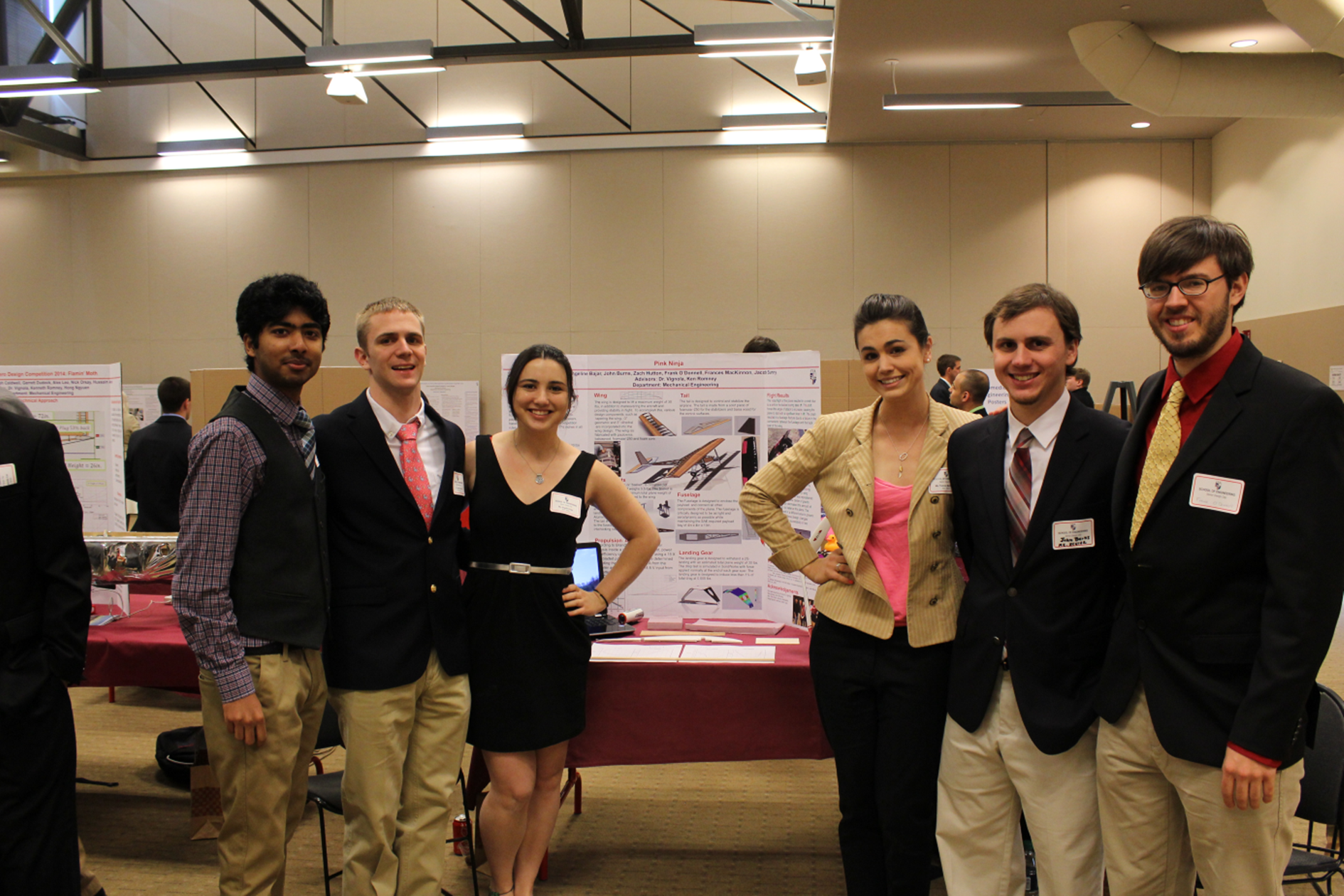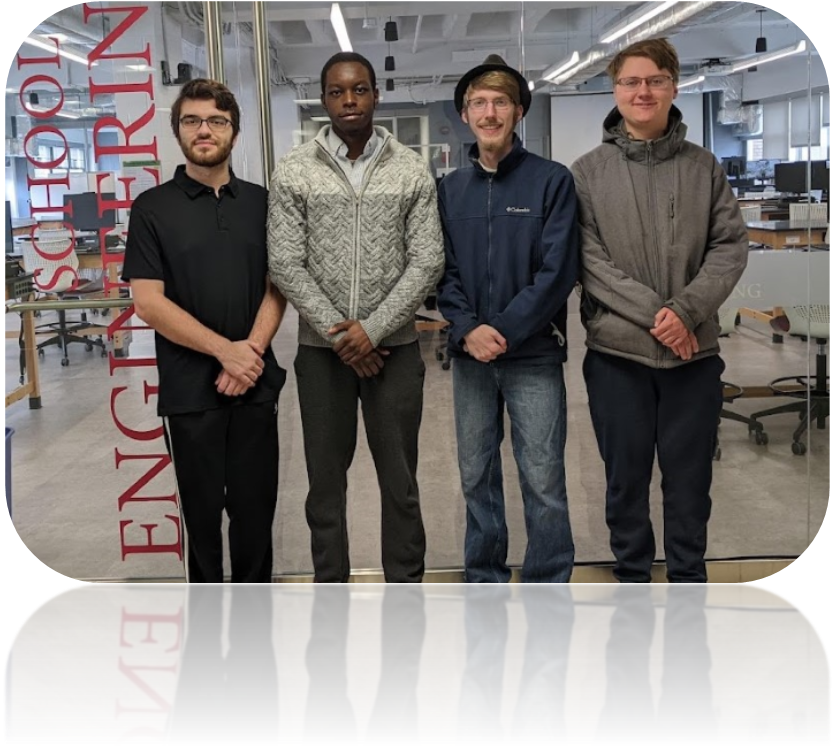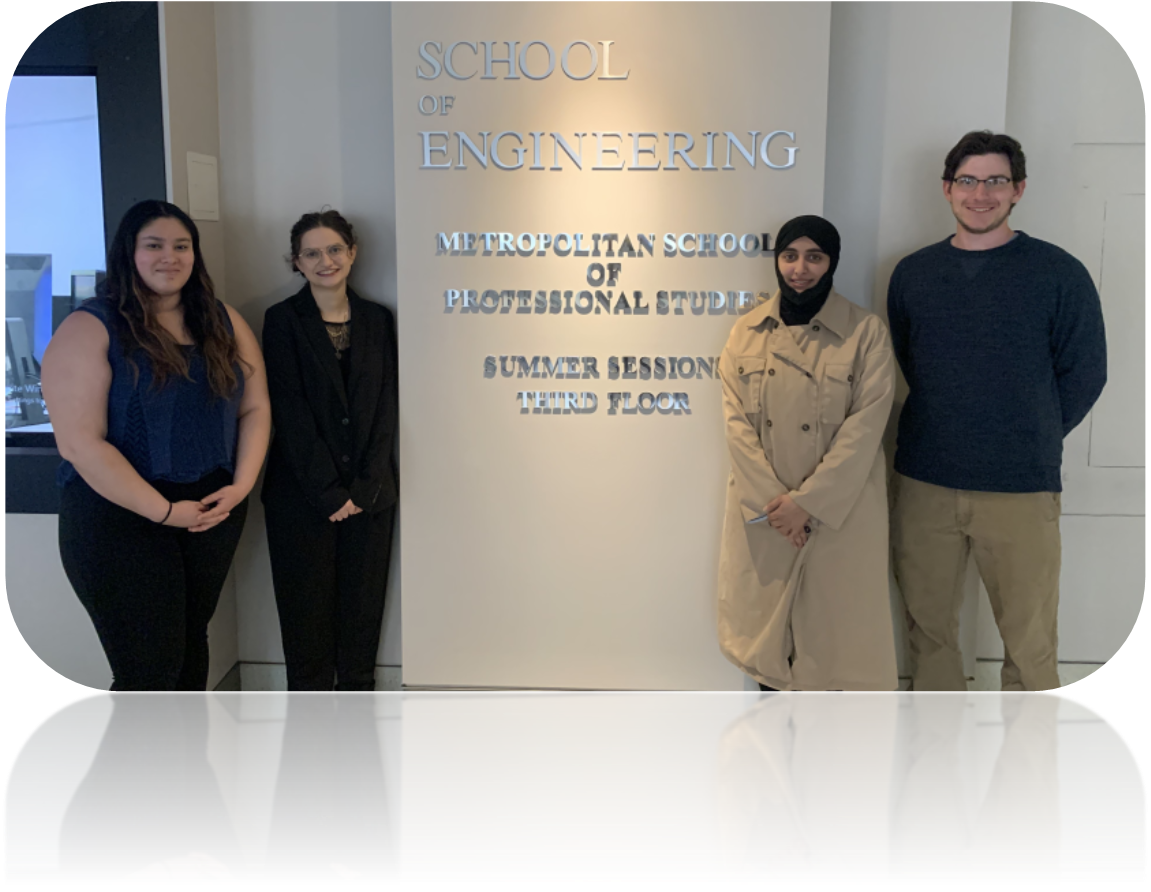Reliable AI System for Human Emotion Recognition
Achuna Ofonedu, James Strawa, Robert Clement, Zachary Rinehart
Advisor: Dr. Lin-Ching Chang
The communication of human emotions has long been an enigma for computers due to their inability to comprehend and respond to feelings. Creating an AI system to recognize human emotions can assist both people and computers in interpersonal decision-making. Our modular implementation utilizes a neural network approach that incorporates both audio and video input to reliably predict human emotions. We use separate models for each source of input which we display in a readily interpretable way. If either source is unavailable, our system can still make predictions with audio or video input. We train our systems on open source datasets using multi-layer perceptron neural networks to perform emotion classification. We provide a framework for recognizing human emotions and a user-friendly interface for visualizing the result comprehensively from either facial expressions or speech, or both. This work is applicable to various disciplines and serves as a tool for making informed, data-driven decisions.
A Deep Learning-based Approach for Real-time Multi-class Face Mask Detection
Owen Jahne, Luke Kelty, Gustavo Cestero
Advisor: Dr. Lin-Ching Chang
Facial recognition software is utilized frequently to securely maintain information through proper authentication. It is also utilized in airports and other facilities where security measures are considered high. With the rise of Covid-19 in 2020, face masks have become essential to maintain the safety of oneself and others; however, existing facial recognition software systems failed to authenticate a person while they are wearing a mask. Our research began with a sub-system that performs a binary classification to detect people who are wearing masks, and those who are not from a photo captured by a camera. We have designed and developed a system that uses several state-of-the-art computer vision and machine learning methods to authenticate users while they wear a mask. The developed masked facial recognition system is a two-stage model: a face detection model and a face recognition model that uses facial landmarks to distinguish one person from others.
Detecting Fake News Using Machine Learning Algorithms
Raghad Alghamdi, Hayley Buba, Mark Madaras, Teresa Martinez
Advisor: Dr. Lin-Ching Chang
Many people, regardless of political affiliation, do not trust the media, believing there is a bias when reporting on political news. This project’s aim is creating a program using machine learning to detect fake news. By using the LIAR dataset, a benchmark dataset for fake news detection, our project evaluates statements made by political figures and social media users in different contexts. Statements in LIAR were labeled true or false using the Politifact Application Programming Interface standards done by an independent human fact-checker. The task of building a text normalizer to process text data is a challenging step in our project and will affect the performance of the machine learning model, so several encoding techniques will be used. After that, the machine-learning algorithm, Random Forest, is used to create a predictive model using our parsed LIAR dataset, to classify a given news article into true or false. A graphical user interface is being developed so that users can easily interact with the trained model to check if a source is valid.




